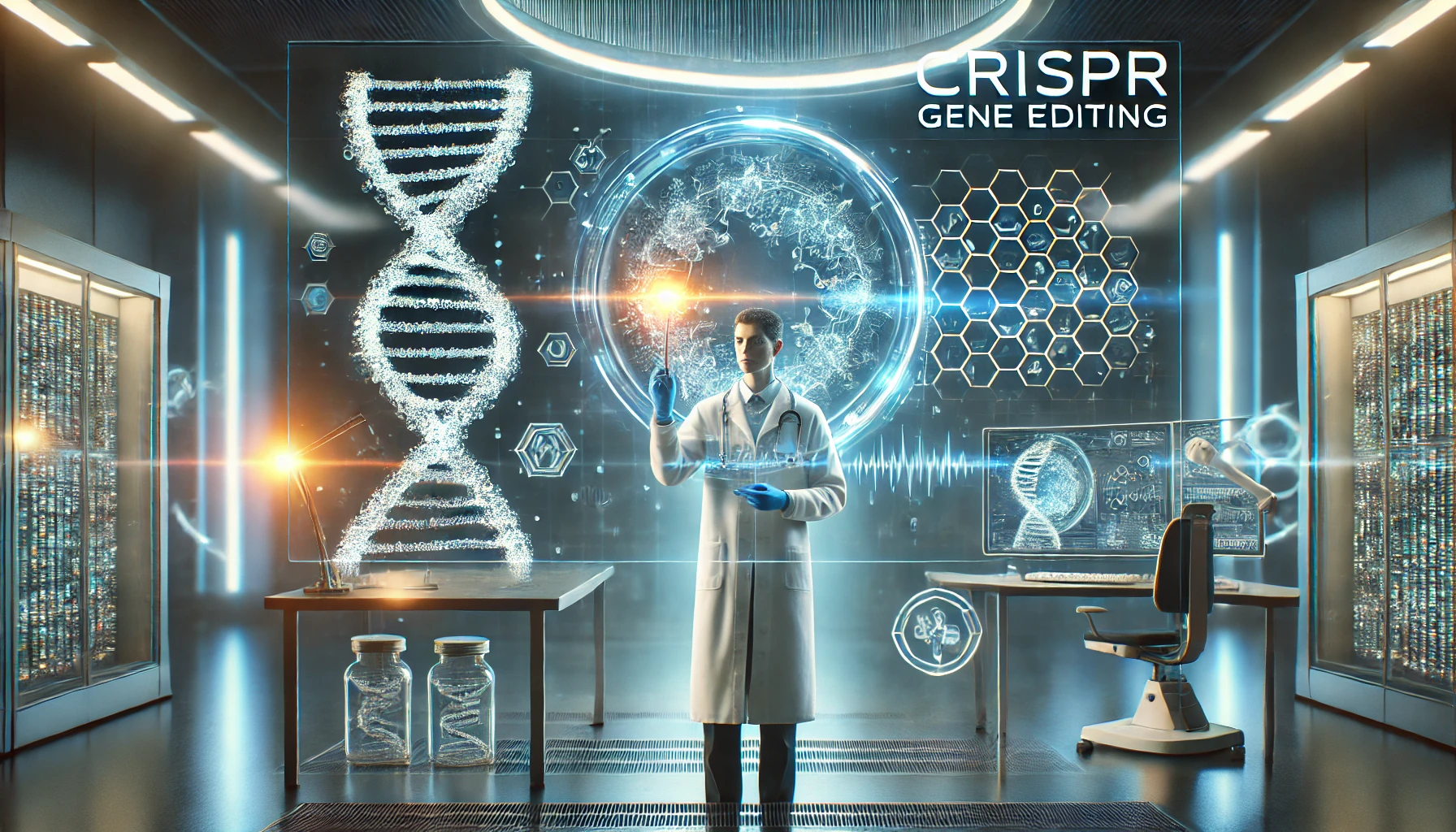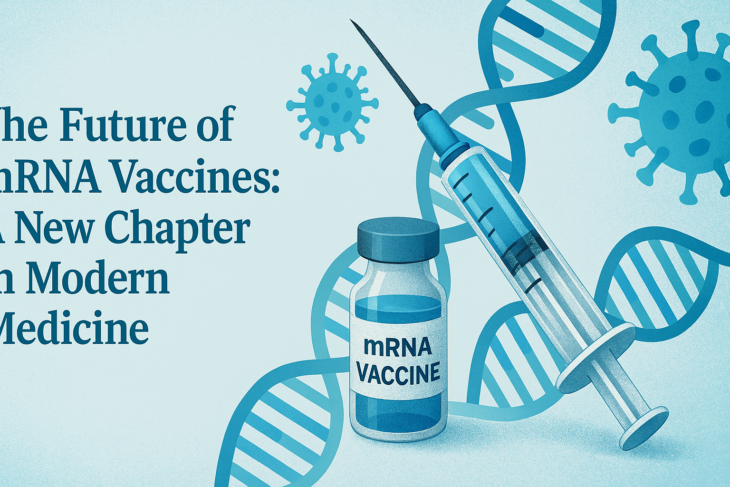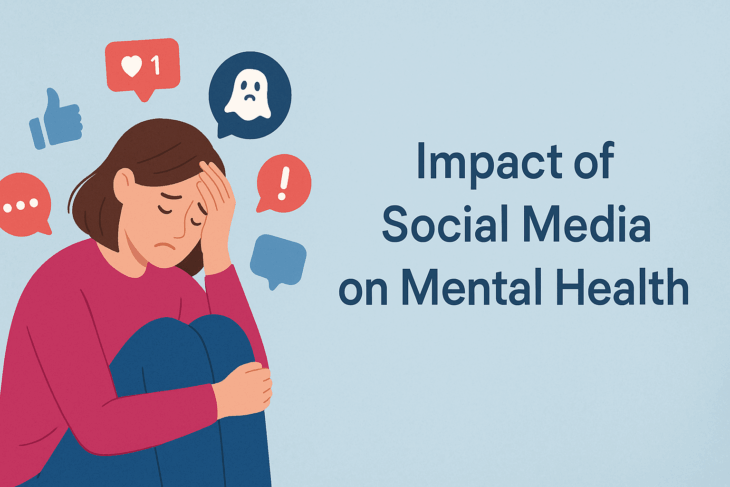Understanding the world of genetics often feels like diving into an intricate puzzle. A puzzle where each piece holds the potential to unlock groundbreaking discoveries. Now, imagine if you held the power to reshape the edges of the puzzle pieces as you want. Won’t that change everything.
CRISPR is a similar power, allowing us to edit genes on the go. It is one of the most exciting and revolutionary tools in modern genetics. And while it is a remarkable technology, it has also stirred up some buzz outside scientific circles. Often being the center of some conspiracy theories.
So, what exactly is CRISPR, and how does it work?
What Is CRISPR?
CRISPR is short for Clustered Regularly Interspaced Short Palindromic Repeats. It is a natural defense mechanism found in bacteria. It is sort of a genetic memory bank that helps bacteria identify and combat viruses. When a virus attacks, bacteria can snip out a fragment of the viral DNA and store it within their own genome. This stored information enables the bacteria to recognize and destroy the same virus if it tries to attack again.
The revolutionary aspect of CRISPR lies in how scientists have harnessed this natural system for precise gene editing. By borrowing the bacterial machinery, researchers can now cut, modify, or even replace specific DNA sequences within living organisms. That’s a molecular pair of scissors right there.
How Does CRISPR Gene Editing Work?
The CRISPR gene-editing process relies on two key components: the Cas9 protein and a specially designed RNA molecule called guide RNA (gRNA).
- Guide RNA (gRNA): This is a custom-designed molecule programmed to find and bind to a specific DNA sequence. It acts as a sort of GPS, directing the Cas9 protein to the target site within the DNA.
- Cas9 Protein: Known as the “molecular scissors,” Cas9 is an enzyme that can cut DNA at precise locations. Once the guide RNA brings Cas9 to the intended site, the protein makes a clean cut in the DNA strand.
- DNA Repair: Once the DNA is cut, the cell’s natural repair mechanisms kick in. Scientists can take advantage of this repair process in two ways:
- Gene Disruption: If the goal is to disable a gene, the cut is left to heal naturally. This often results in a small error during the repair process, effectively turning off the gene.
- Gene Correction or Insertion: If the goal is to fix a faulty gene or introduce new genetic material, a carefully designed DNA template is provided. The cell then uses this template to repair the break, incorporating the desired changes.
Applications of CRISPR Gene Editing
The technological applications of CRISPR extend into a vast array of possibilities. Scientists are investigating genetic disorder treatment methods for sickle cell anemia, cystic fibrosis, and muscular dystrophy through CRISPR. Some are also looking to utilize this technology for cancer treatment research, fixing faulty genes which might stop cancer development.
Besides humans, scientists are exploring CRISPR technology to improve agricultural plants by providing them with stronger defenses against pests, diseases, and environmental stresses. There’s also some research going on to modify mosquito genes to stop malaria from spreading.
Ethical Considerations of CRISPR
With all its promise, CRISPR gene editing doesn’t come without ethical concerns. The ability to modify human embryos, for example, raises profound questions about the moral implications of genetic alterations. Concerns about “designer babies” and unintended genetic consequences remain hot topics in ongoing debates.
Additionally, there’s the potential for misuse. What if someone attempted to enhance physical or intellectual traits beyond what is medically necessary? These implications remain to be addressed.
The Future of CRISPR
As research continues to advance, the potential of CRISPR gene editing seems limitless. However, scientists are still working to improve the precision and efficiency of the technology. Plus, addressing concerns related to off-target effects remains a top priority.
Moreover, the conversation around regulation and ethical guidelines will be vital as this technology becomes more accessible. Finding ways to use CRISPR responsibly and effectively could redefine our approach to genetic diseases, food production, and even environmental conservation.
Final Thoughts
CRISPR gene editing is a brilliant breakthrough with far-reaching implications. It’s a tool that offers hope for curing genetic diseases and enhancing our understanding of biology. But as we move forward, careful consideration of ethical concerns and potential risks will be just as important as the scientific achievements themselves.
The future of CRISPR is undoubtedly promising. But it’s a journey that must be approached with both enthusiasm and caution.













